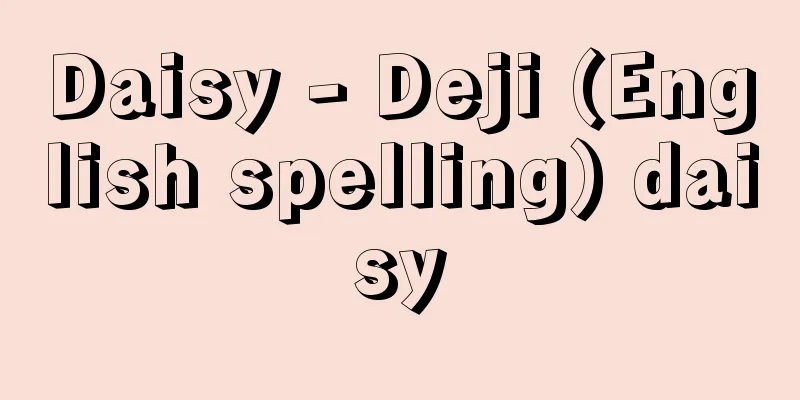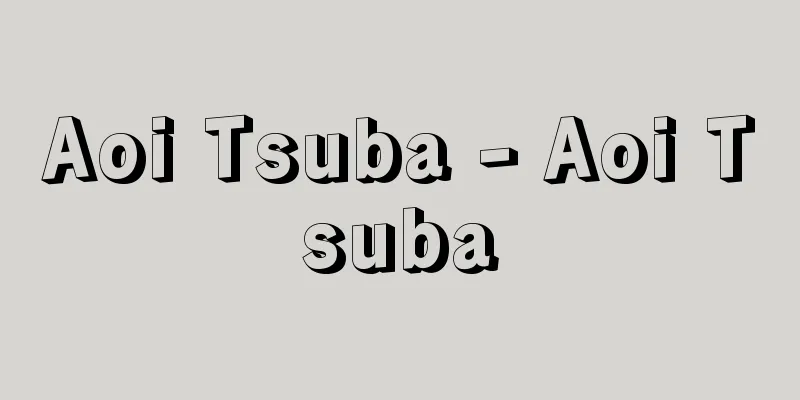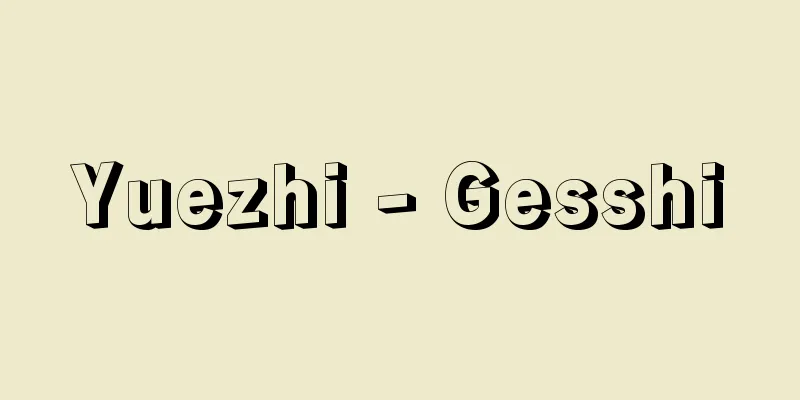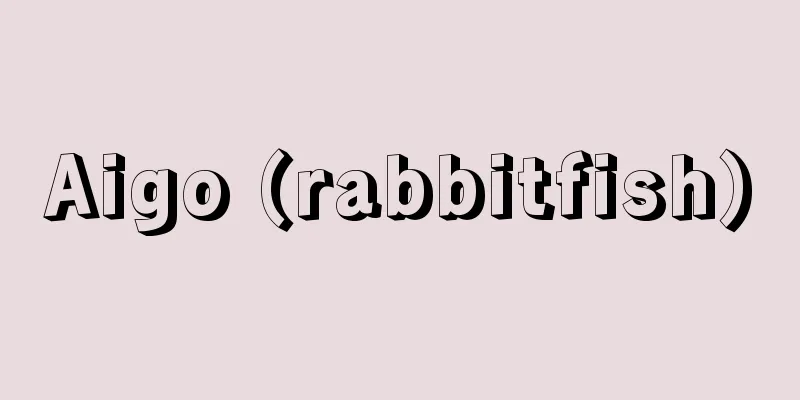Injunfuku - Injunfuku

|
...Despite opposition from the conservative faction, the government allowed the freedom to cut one's hair, wear Western clothes, and remove one's sword in 1871 (Meiji 4), and the following year it issued a new uniform system, changing the official uniform to Western clothes. Western clothes were called modern clothing, while Japanese clothes were called traditional clothing. However, the same practices that were encouraged for men, such as cutting one's hair and wearing Western clothes, were criticized for women. ... *Some of the terminology explanations that mention "Injunfuku" are listed below. Source | Heibonsha World Encyclopedia 2nd Edition | Information |
|
…守旧派の反対を押し切って,1871年(明治4)に断髪・洋服・脱刀の自由を認め,翌年には新服制を発布して公服を洋服に変革した。洋服は開化服,和服は因循服といわれた。しかし,男性に奨励した断髪・洋服も女性の場合は非難された。… ※「因循服」について言及している用語解説の一部を掲載しています。 出典|株式会社平凡社世界大百科事典 第2版について | 情報 |
Recommend
Negative afterimage
...This refers to the visual effect that occurs w...
Poporo Incident - Poporo Incident
This incident occurred on the campus of the Unive...
Ionization theory
Solutions of substances called electrolytes not on...
Neodrepanis hypoxantha (English spelling)
…[Naoya Abe]. … *Some of the terminology that men...
Gisu (English spelling) deepsea bonefish
A marine fish of the family Bocconidae in the orde...
Head priest - Hoshu
〘Noun〙① The head of the teachings, that is, the ti...
Sodosha
A Western painting group in the Taisho period. It...
Cover plate
…The seventh limb is small and located behind the...
Black-throated finch (English: black-throated finch)
A bird of the family Acanthidae (illustration) in ...
powered lift system
… [Types of high-lift devices] There are two type...
Pentagon - Pentagon (English spelling)
The nickname for the Department of Defense. It is ...
Bellonci, G. (English spelling) BellonciG
…the general term for a group of neurosecretory c...
pint
(pint) A unit of volume in the imperial system. On...
Commission of Attorney - Inin Meirei
An order issued based on a law or a higher order. ...
Iconology
It is translated as iconography. Like iconography,...
![Motoyoshi [town] - Motoyoshi](/upload/images/67cd051da932e.webp)








